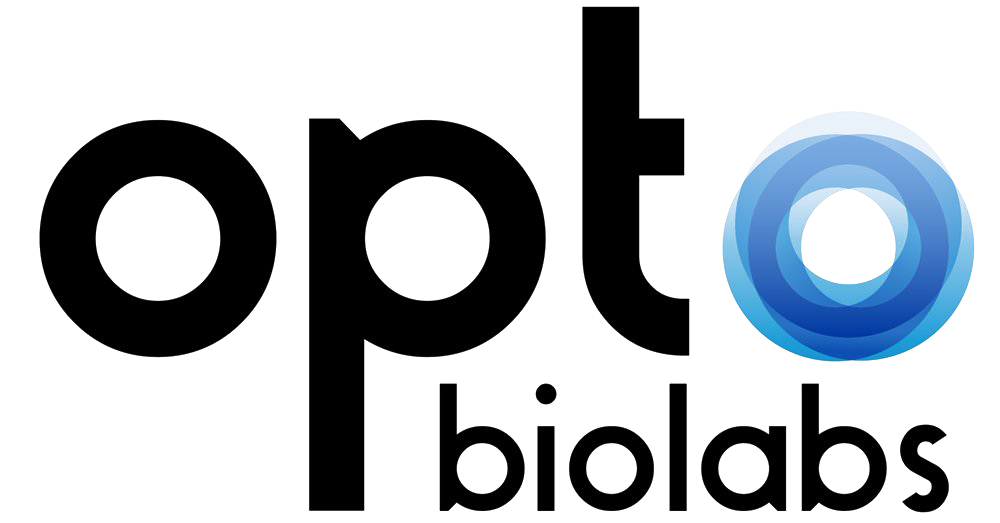Photodynamic Therapy – Fighting Cancer
Photodynamic therapy is a popular application of photopharmacology. It is a medical treatment using light and a chemical photosensitizer in conjunction with molecular oxygen to produce reactive oxygen species (ROS) and radicals, leading to cell death. It is most commonly used to locally destroy diseased cells and tissue in conditions and diseases such as acne, psoriasis, age-related macular degeneration as well as certain cancers. Selectivity is achieved by the preferential accumulation of the photosensitizer in the diseased tissue and the localized illumination of the area to be treated.
First generation photosensitizers, such as Photofrin, exhibited the disadvantage of prolonged photosensitivity in patients. This negative side effect could be largely overcome by the development of second generation photosensitizers, such as Verteporfin, and third generation antibody-directed photosensitizers. These novel prodrugs have the advantage of a much faster clearance rate, thus minimizing the unwanted effect of patient skin photosensitivity.
Nowadays, photosensitizers in photopharmacology also find application in other fields like the sterilization of blood plasma and wastewater treatment in order to remove viruses and microbes. Antibacterial photodynamic therapy might prove to be a promising strategy in effectively fighting multidrug-resistant pathogenic bacteria without the risk of antimicrobial resistance (AMR).
